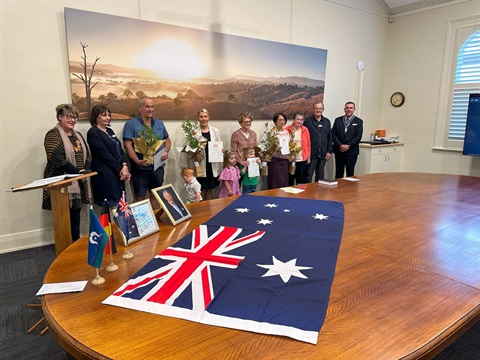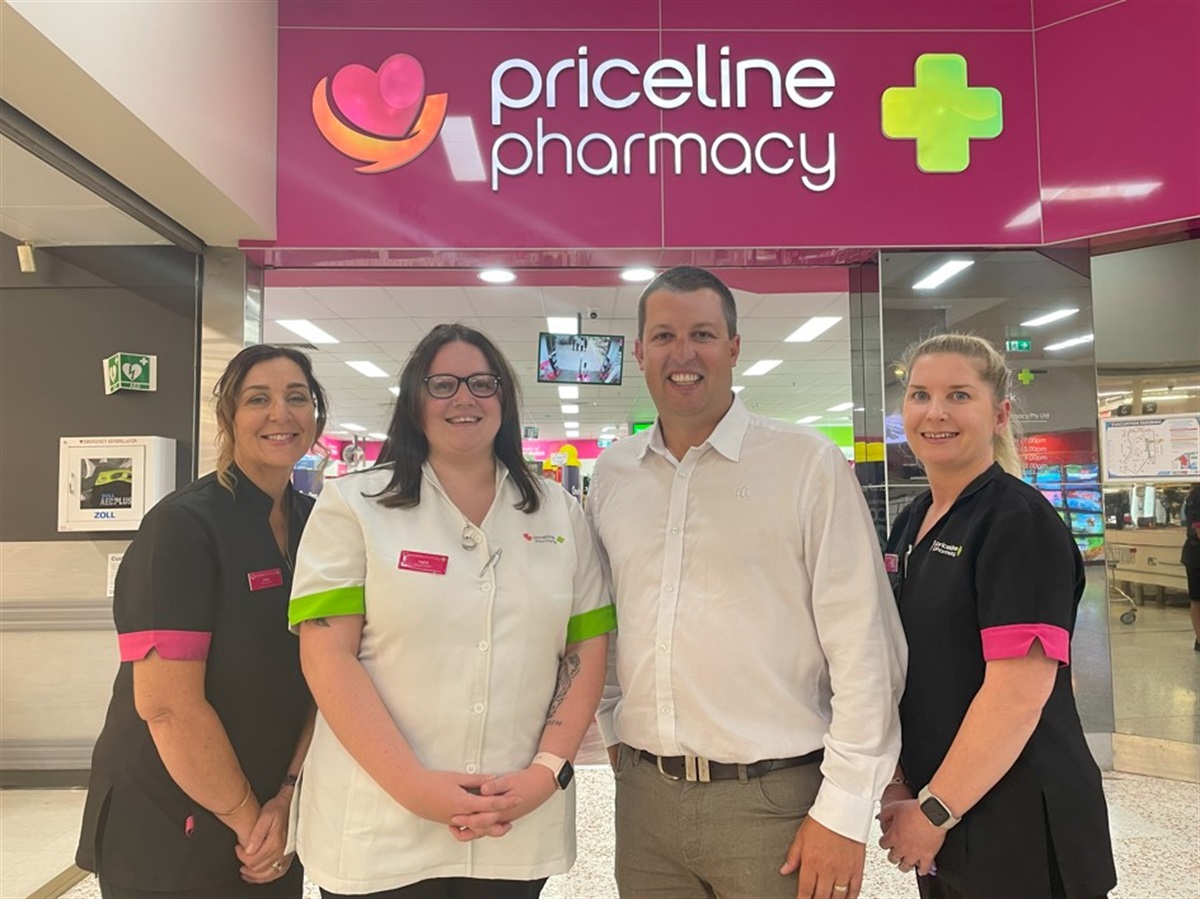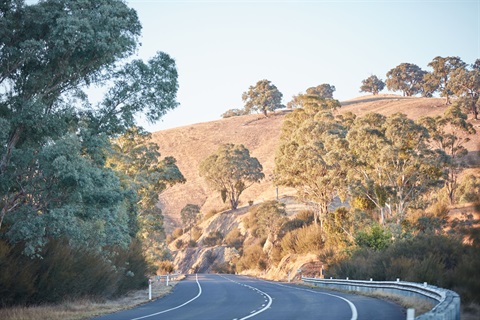Improving a degraded farm dam by installing new fences, revegetating edges, and creating alternative water access points helped Lowesdale NSW farmers Elise Weden and Ian Cocking solve the problem of securing water for livestock and the land.
With support from Bangerang elder, Uncle Dozer Atkinson, and Murray Local Land Services-through funding from the Future Drought Fund-Elise and Ian transformed a tricky piece of land into a thriving wetland.
It’s been a win-win for building the drought resilience of their farm and boosting the biodiversity of the broader landscape.
‘We’re trying to slow the flow of the water and filter it to improve the habitat and, in turn, provide ecosystem services that contribute to the natural water cycle,’ Elise said.
‘We saw an almost immediate impact with grass growing again around the dam edges and increased bird life. We had a couple of Brolgas come down and land, so that was a real win.’
See the benefits of improving farm dams ahead of drought
Video transcript: Water for livestock and landscape
Video duration 3 mins 51 secs 31 January 2023M
Introduction
This is the transcript of a video case study produced by Murray Local Land Services for a project funded by the Future Drought Fund.
Learn more about the Future Drought Fund’s Natural Resource Management Drought Resilience Program – Landscapes.
Transcript
[Recording begins]
Ian Cocking [00:28]:
So, we’re at Lowesdale, Southern New South Wales. Only 15, 20 ks north of Corowa. This Farm is about 400 hectares in size. And, yeah, we’re mixed farming: sheep, cropping.
Elise Wenden [0:22]:
We had recognised that this area gets pretty wet when we get lots of rain. And, so, previously there was 4 paddocks, and the dam was the central point for the 4 paddocks. Obviously watering all the stock out of there.
Ian Cocking [0:36]:
Pretty well just recognised exactly where it does get wet the majority of the time and have just virtually fenced I think it’s roughly 4 hectares of that off to just exclude stock from that wetland and then we’ve gone and planted, you know, some wetland species and stuff in there now which we weren’t quite expecting it to get this wet.
Paul Simpson [0:57]:
The Water for Livestock and Landscapes project was implemented to help landholders plan for and then Implement actions to secure far more supplies for their stock and also for the environment.
Elise Wenden [1:09]:
So, we had these plans to fence off the dam and keep stock out and then it just so happened that we were looking at some Landcare grants and the Murray Local Land Services grant popped up for improving farm dams and water quality. And so we thought it might be a good opportunity to do this project that we wouldn’t have maybe been able to do otherwise.
Ian Cocking [1:30]:
So, we’ve actually piped water from a bore over near our house and then, yeah, gone and put troughs around the excluded area into the paddocks.
Elise Wenden [1:40]:
So, we got funding to fence off about 10 acres and put in 3 concrete troughs to basically keep the shape off the dam.
Ian Cocking [1:47]:
The benefits to keeping stock out is, well, just actually helping the soil structure and that around the dam because obviously it erodes and stuff like that and turbidity of water and all that sort of thing.
Elise Wenden [1:59]:
Well, we saw sort of an almost immediate impact with grass growing again around the dam edges and increased bird life and we actually had a couple of Brolgas come down and land at the start of the project area there, so that was a real win.
Paul Simpson [2:16]:
On this property, working with the land class was the best approach to achieve the environmental outcomes that Ian and Elise were after.
Elise Wenden [2:24]:
Definitely the water quality has improved. We’ve only completed the project in the last couple of months.
Ian Cocking [2:30]:
Yeah, definitely expecting more bird life. Well, probably more aquatic life in current circumstances too [laughs]. But, yeah, more just plant species and what goes with that, you know, insects.
Elise Wenden [2:40]:
Yeah, we’d like to get it back to how we think it might have originally before settlement and concentrating on more lower wetland species and ground covers and things like that that are going to respond to the higher water levels. Hopefully they’ll support birds, frogs, insects and a healthy wetland ecosystem.
Elise Wenden [3:05]:
We’re trying to slow the flow of water and filter it and improve the habitat in turn providing ecosystem services and contributing to a natural water cycle. I had a lot of assistance from Dozer our local Bangerang Elder to talk about, you know, how the area might have been before settlement.
Paul Simpson [3:24]:
It’s a credit to Elise and Ian for recognising the advantages of managing this piece of land.
Elise Wenden [3:30]:
It is good and it’s a nice spot to come down in summer and sit up on the sandbank and have a look out over the paddocks and it’s nice just to have good quality water in there as well.
[Recording ends]
Acknowledgement of Country
We acknowledge the Traditional Custodians of Australia and their continuing connection to land and sea, waters, environment and community. We pay our respects to the Traditional Custodians of the lands we live and work on, their culture, and their Elders past and present.
© Commonwealth of Australia 2023
Unless otherwise noted, copyright (and any other intellectual property rights) in this publication is owned by the Commonwealth of Australia (referred to as the Commonwealth).
All material in this publication is licensed under a Creative Commons Attribution 4.0 International Licence except content supplied by third parties, logos and the Commonwealth Coat of Arms.
The Australian Government acting through the Department of Agriculture, Fisheries and Forestry has exercised due care and skill in preparing and compiling the information and data in this publication. Notwithstanding, the Department of Agriculture, Fisheries and Forestry, its employees and advisers disclaim all liability, including liability for negligence and for any loss, damage, injury, expense or cost incurred by any person as a result of accessing, using or relying on any of the information or data in this publication to the maximum extent permitted by law.








